Social networks present excellent opportunities for photographers to gain more exposure for their work, build name recognition, drive traffic to a portfolio website or blog, network with other photographers, and connect with fans and followers.
Of course, each social network has its own strengths and weaknesses, and not every platform is ideally suited for photographers. If you’re trying to find the best social networks to use, this article should help you to identify the ones that can help you to reach your goals.
When it comes to social networking, it’s important to make sure that you use these platforms with a purpose. You certainly don’t need to be everywhere, and it’s better to build up a strong profile on one social network rather than having a weak presence on a bunch of different networks. You can easily spend a lot of time on social networks if you’re not careful, so be sure you are choosing the one(s) that are right for you and using it with a purpose.
Now, here are some of the best social networks that you might want to consider as a photographer.
→ Related reading: How to Get More Traffic to Your Photography Portfolio Website
1. Instagram
Instagram is ideally suited for photographers. Not only is it a highly visual platform that is perfect for showcasing your work, but it’s also extremely popular. It’s popular not only with photographers and creatives, but also very popular for the general population. This means that it’s perfect for getting exposure to potential clients and fans, not just other photographers.
With quality photos, you can grow following pretty quickly on Instagram, as most users are very active and engaged. You can get a lot of feedback on your photos, and you may be able to get your photos shared by some Instagram accounts with very large follower counts.
The only downside to Instagram is that it’s not intended to be used for driving traffic to your own website or blog, as you can’t link each photo to a specific URL. You can, however, include a link in your profile and users can click on that link to get more info about you.
2. Behance
Behance is a social network that was created especially for creatives like designers and photographers. Photography is only one category of work that’s featured on Behance, but there are many, many photographers that are active on the site and the quality of work tends to be very high.
Behance is owned by Adobe, and if you use Adobe Portfolios to power your portfolio website, there is some integration with Behance. Once you create a Behance profile, you can create collections and upload your work.
If you’re looking to get exposure for your work and build name recognition, Behance can be a great place to do it. Most of the users are designers or photographers, so a large part of the audience will be other creatives, however, there are also other people who browse the site in order to find great photography or design work.
It’s free to create your own profile at Behance, so there is no need to worry about the cost.
Although the main benefits of using Behance involve increasing exposure, you can link back to your own site from your profile and from your individual posts. You’re not likely to get flooded with traffic from Behance, but you may be able to pick up some new visitors to your own site.
3. 500px
500px is a social network for photographers that was founded in 2009. Unlike Behance, 500px focuses specifically on photography and does not include categories for design and other types of creative work.
You can create a profile on 500px to get your photos in front of a large, worldwide audience. There are a few different types of accounts available. You can start with a free plan that allows you to create a directory listing and upload up to 7 photos per week. Paid plans start at $2.99 per month, which will give you unlimited uploads, ad-free browsing, and some other features. Upgrading to the Pro plan (currently priced at $3.99 per month) will give you some additional features like the option to promote your own photography workshops.
Another option is to license your photos through 500px. You’ll need to submit photos for approval, but once they are approved, your photos will be eligible for licensing. You’ll keep 60% of the license fee and 500px will keep 40%.
4. Pinterest
Like Instagram, Pinterest is another mainstream social network that is highly visual and very popular. However, there are a lot of key differences between the two platforms. For starters, vertical photos will get the most screen space on Pinterest and tend to do the best. You can crop your photos to suit the ideal size for Pinterest (Pinterest recommends 600px wide and 900px high).
Another key difference is the fact that Pinterest is much better for sending traffic to your site or blog. Each photo/pin that you upload can be linked to a specific URL and other users can click through to your site. Pinterest is extremely popular for bloggers because it tends to be an excellent source of traffic.
In terms of gaining exposure and building a following, Instagram is usually a better option than Pinterest. But if you’re looking to generate traffic for your website or blog, Pinterest is a platform that you should definitely get to know.
5. Facebook
Of course, Facebook is the giant of social networks. Although Facebook changed its algorithm several years ago to reduce the amount of exposure that businesses can get without paying for ads, there is still plenty of potential for exposure and free traffic from Facebook.
There are a few different ways that photographers can use Facebook. The first option is through your personal profile. You can post photos, announcements about your products and services, and even links to your own website or blog from your personal profile.
The second option is to create a Facebook page for your photography business. You can post of all the same types of content, but this allows your fans to like or follow your business.
The third option is to be active in Facebook groups. There are groups for all sorts of purposes, including photography. Most of the people in the photography groups will be other photographers, so you can easily connect with others in the industry. You could also use location-specific groups to showcase your photos of a certain area, like your home state.
6. Flickr
Flickr, founded in 2004, is one of the oldest social networks for photographers. Although its popularity has declined a bit over the years, it’s still a very active platform that is capable of providing plenty of exposure. Flickr was purchased by SmugMug a few years ago, which has brought some positive changes and additional options for users.
You can create a basic Flickr profile for free, or upgrade if you want some additional features. The paid plans start at $6.99 per month and give you unlimited uploads and storage, advanced statistics, and ad-free browsing. You’ll also get a number of other perks like 50% off your first year of SmugMug.
7. Tumblr
Tumblr is an incredibly popular microblogging platform. Although you can find all types of content on Tumblr, photos tend to generate a lot of interest and resharing.
Tumblr could be an ideal platform if you’re interested in combing blogging and your photography. It’s a platform that you’ll probably either love or hate, but in the right situation, it can be great for generating a lot of exposure for your work.
Creating a Tumblr account is free.
8. Vero
Vero is a community-based platform that allows you to gain exposure to a wide audience. It’s not just for photographers. Vero is popular for sharing thoughts on movies, TV shows, books, links, photos, and more.
As a photographer, you’ll love the fact that Vero showcases your photos in full resolution, rather than decreasing the quality of the images like most social networks. Landscape and travel photographers will appreciate the ability to catalog photos by location. And you can also share links through the platform, so you’ll have the potential to get traffic to your own website or blog.
You can download the Android or iPhone app for free to start using Vero.
9. Steller
Steller is an app and social network that is all about storytelling. You can download the Android or iPhone app for free to get started, and use their pre-made themes to showcase your photos and stories.
Due to its visual nature, Steller users tend to be creative, which means the audience will include a lot of other photographers. If you’re looking to increase exposure and improve your name recognition with the industry, Steller could be an excellent option.
10. Trover
Trover is a platform that can be ideal for travel and landscape photographers. The platform is all about discovering unique places and it is very location-dependent, so it can be perfect for showcasing your photos and the locations that you’ve photographed.
Whether you want to focus on your local area or share photos from wide-ranging travels, Trover is ideal. It’s free to use and you can easily get started by signing up and sharing some photos.
Next Steps
Hopefully, this article has helped you to identify some of the best social networks for photographers. If you’re looking to increase exposure for your work or network with others, browse through the details of each of these platforms to find the one that is the best fit for you. Remember that you’ll need to be consistently active in order to maximize your results with social networking, so build it into your regular schedule.



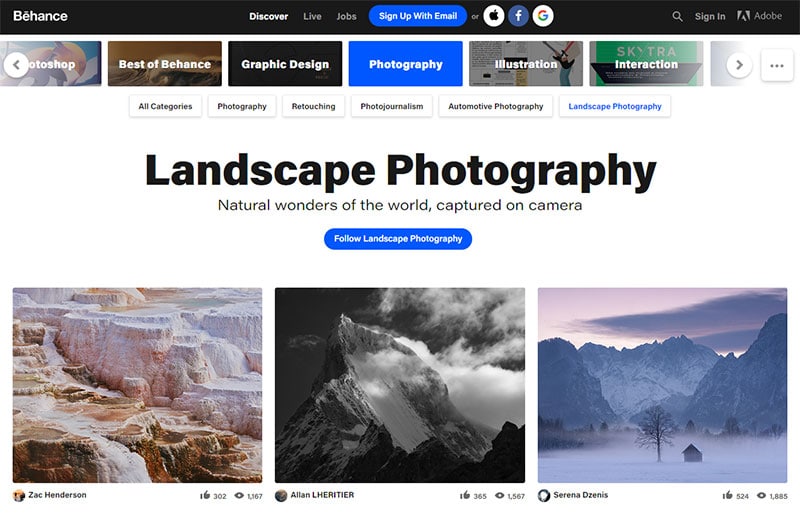
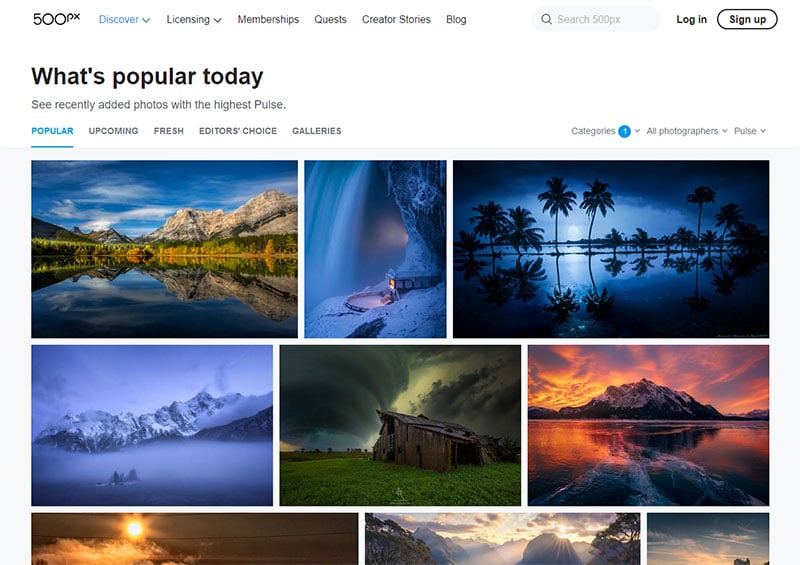




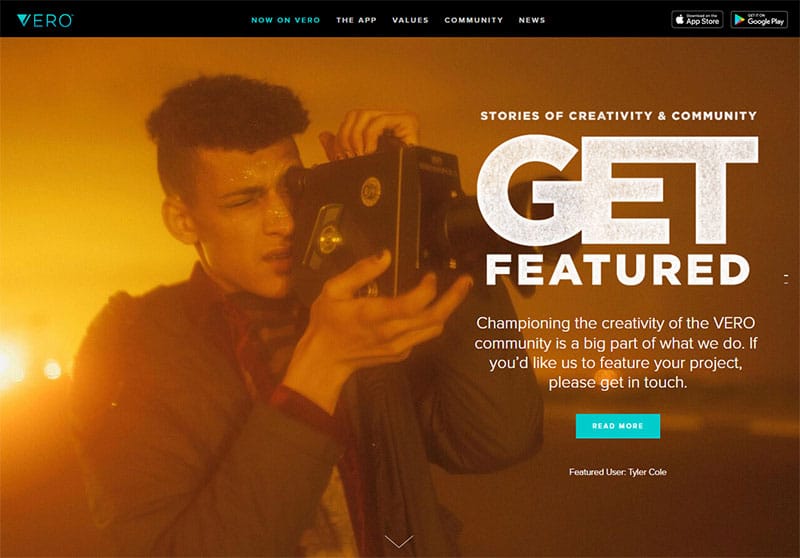
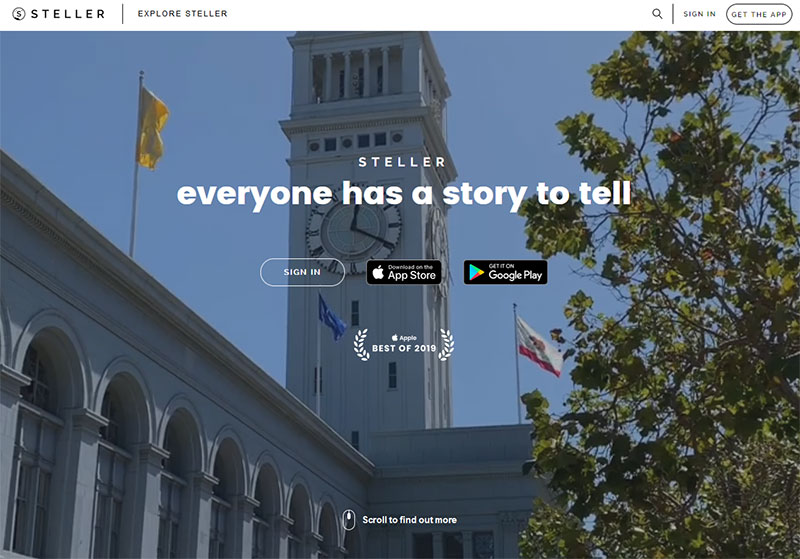


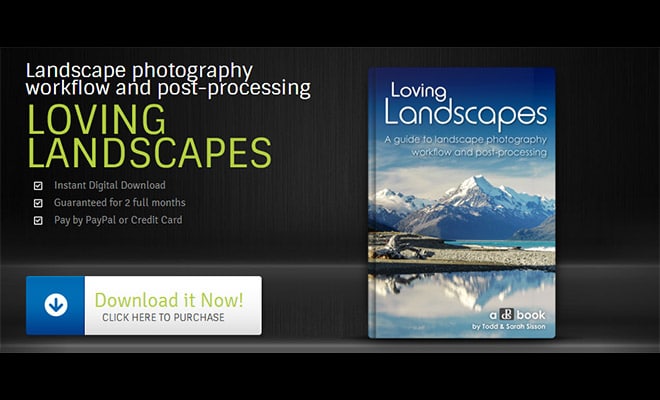
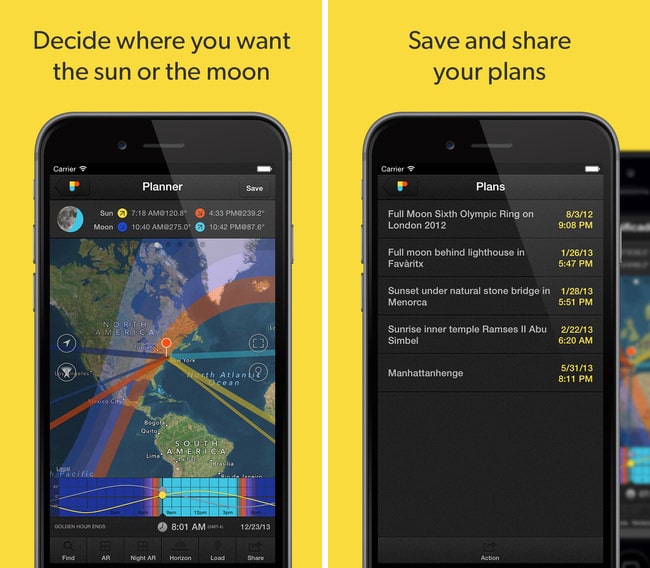






great list marc, thank you for this intresting stuff.
Nice list marc, love all these interesting stuff.
and congratulations, you guys are featured on my article called “27 Great Photography Blogs You Need To Follow Today” read it here -> http://photographywith.com/photography-blogs-to-follow/.
thank you, keep up the good work.
Hi, Nice blog. I think i have to be on Tumblr. Thanks for sharing this detailed and informative blog.
I personally like Behance and Pinterest to showcase my work and gain more users to my work. They are the best.
Thanks so much for the list! I would also recommend the Zombler social network for photographers. There you can show your skill in processing photos by posting photos before and after.
“Great read” ,this is a most important list for every travel blogger When you travel live freely and enjoy every moment of journey-:)
Thanks for sharing this information,I don’t know many of them if you talk about the application,I learned a lot for you. Thank you very very much.
Flickr and pinterest is best network to share photographers, Really cool platforms share here